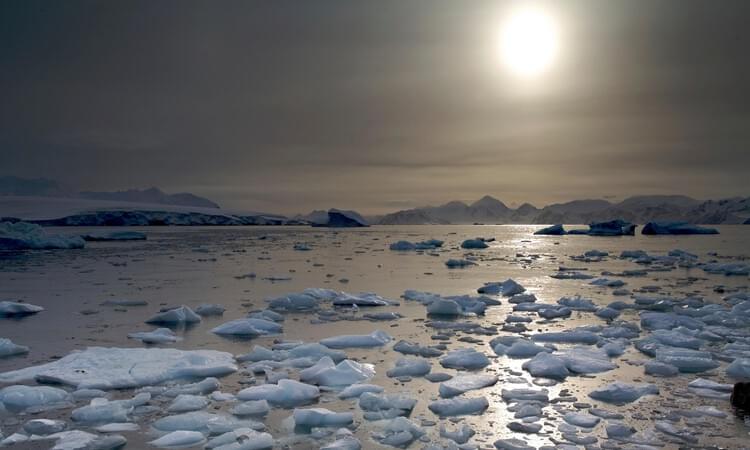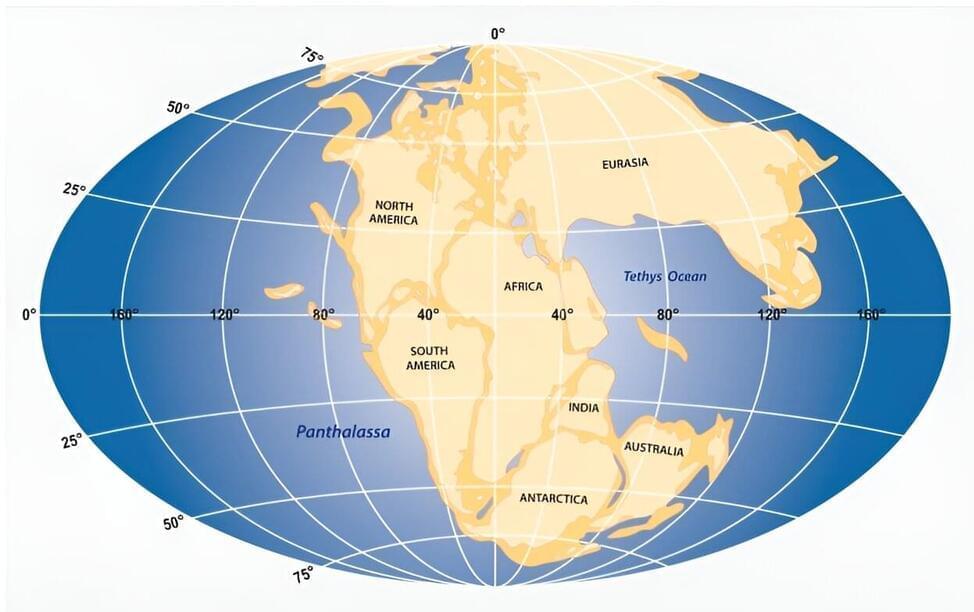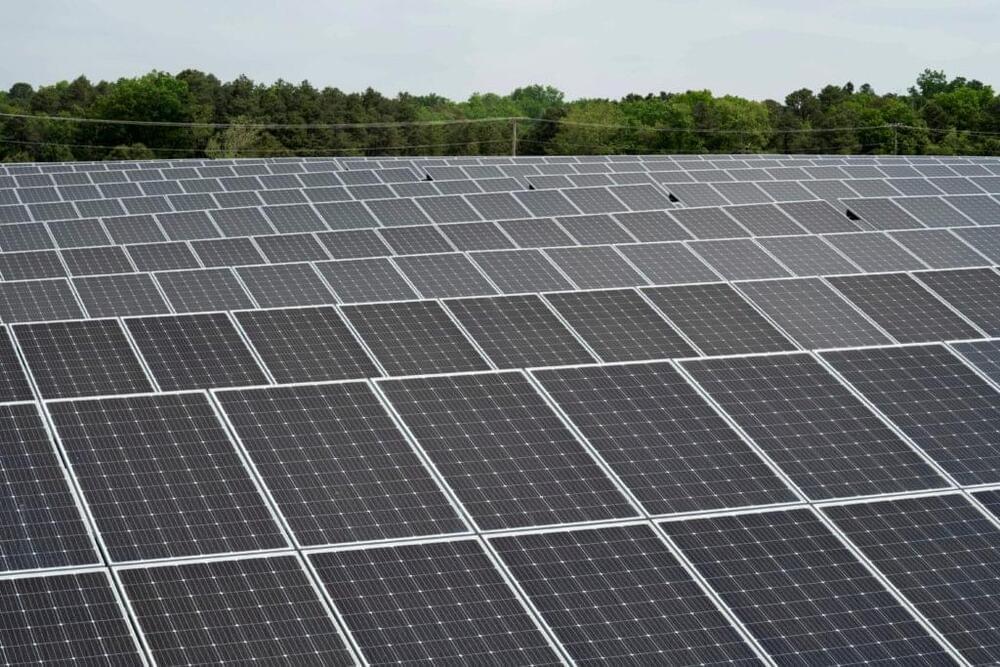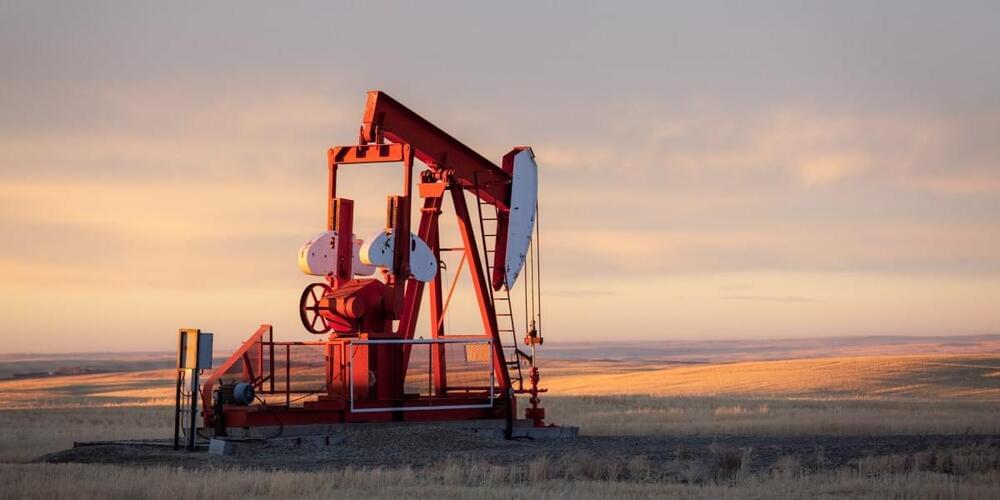Recently, economists and behavioral scientists have studied the pattern of human well-being over the lifespan. In dozens of countries, and for a large range of well-being measures, including happiness and mental health, well-being is high in youth, falls to a nadir in midlife, and rises again in old age. The reasons for this U-shape are still unclear. Present theories emphasize sociological and economic forces. In this study we show that a similar U-shape exists in 508 great apes (two samples of chimpanzees and one sample of orangutans) whose well-being was assessed by raters familiar with the individual apes. This U-shaped pattern or “midlife crisis” emerges with or without use of parametric methods. Our results imply that human well-being’s curved shape is not uniquely human and that, although it may be partly explained by aspects of human life and society, its origins may lie partly in the biology we share with great apes. These findings have implications across scientific and social-scientific disciplines, and may help to identify ways of enhancing human and ape well-being.







